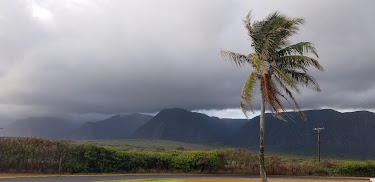A friend of mine recently lost her elderly father after
several years of ill health and a battle with dementia. She wrote a beautiful
tribute to him, praising him for his unconditional love, his development of her
morals and empathy for others, and for always making her feel like she was a
princess who was precious to him. It was a touching and eloquent homage, and
when I finished reading it I thought, “How beautiful.” Then I thought, “I
wonder what that feels like”.
The list of culturally acceptable parental behaviors has
evolved a great deal since we baby boomers were raised. What once was thought of as parental choice and
no one else’s business could now result in serious jail time. My friend Brenda
once told me “My father said if I got pregnant while I was in high school, he’d
kill me, and I believed him.” Neither of us laughed.
This I have learned: the full consequences of childhood trauma may take years or decades to manifest. The delay itself is a consequence of the old family dynamic: one that taught the child that a simple expression one’s true thoughts or feelings could result in harsh punishment. Children raised in this dynamic have no experience at honestly expressing what they need and want, nor do they believe that they are worthy of having their true needs met. Even a brilliant child can be so emotionally crippled that the remainder of their life becomes a daily struggle to set aside the heavy load of their past.
The question of perspective is often raised. It has been said that if you have two children, you’ll get two different views of the family dynamic, if you have three you’ll get three views, et cetera. I have a friend whose children have all now reached middle age. During a family gathering, each of his children shared memories of their childhood interactions with their parents. What resulted were wildly, almost comically, divergent views of their upbringing. Acceptance of differing viewpoints is important, but it doesn't invalidate each individual's perceptions, nor should these be dismissed. A man I know who is a grandfather several times over likes to shrug his shoulders and say “Every family has problems” whenever someone brings up any type of childhood trauma. I agree, just as I agree that a rowboat tipping over in a shallow pond and the sinking of the Titanic are both shipwrecks.
The house that I was raised in is still there, a burned,
empty shell with no roof, in a lower-middle-class neighborhood in a small town.
Recently, I ran into a friend from high school who still lives nearby. “It’s
such a shame what happened to your house after you all moved out, he said, “and
it’s been standing there like that for years.” Yes, I said, it seems like none
of us have felt like moving back and reliving the old memories. At least not some of them.
Every parent is surely a mixed bag, but parents need to
remember that doing some things right doesn’t cancel out the other things they
do to their kids. It all counts, and lifetime memories are always being
created. Sweden banned all forms of corporal punishment for children in 1979. Here
in the United States, parents can still teach their children that it’s
acceptable to solve problems with threats, bullying, and violence. Then we
wonder why we’re always at war.





























